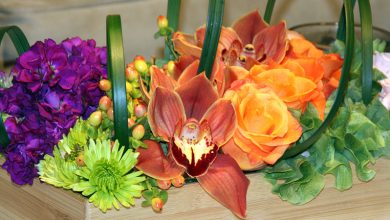Top 10 Indoor Plants Cats Dislike
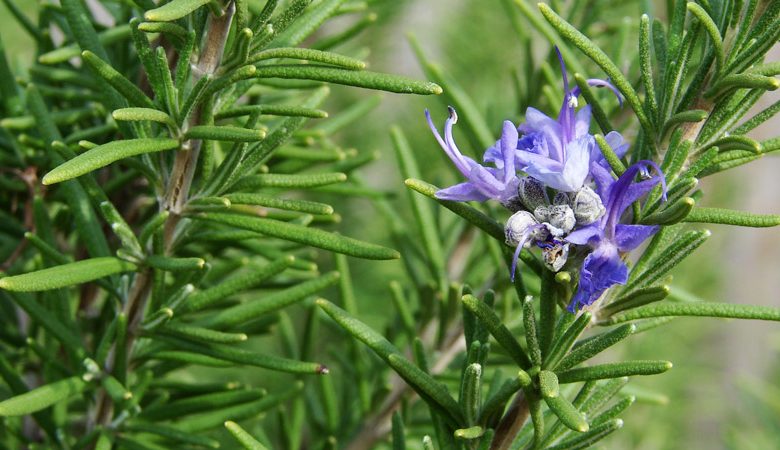
Indoor plants can bring a touch of nature into your home, but if you have a feline companion, it’s essential to choose greenery that is both aesthetically pleasing and unappealing to cats. There is a surprising variety of indoor plants cats dislike, which can help maintain the harmony between your love for plants and your cat’s curiosity.
Among these plants, the sharp aroma of citrus plants like lemon trees or the pungent scent of rosemary often deter cats, making them excellent choices for cat owners. Additionally, plants like the lavender or rue are not only fragrant to humans but emit scents that are unappealing to our furry friends.
The texture of certain plants can also play a role; for example, cacti and other succulents with spiky surfaces can discourage cats from getting too close. Furthermore, the strong smell of mint or peppermint, while refreshing to us, tends to repel cats, making these herbs a great addition to your indoor garden.
Read More: The Best Air Purifying House Plants Safe For Dogs
It’s also worth considering that some plants are not just disliked by cats but are toxic to them, such as the snake plant or aloe vera, so these should be placed in areas inaccessible to your pets. By carefully selecting indoor plants cats dislike, you can create a vibrant, plant-filled environment that is safe and peaceful for both you and your cat.
Not only will you enjoy the benefits of greenery indoors, but you will also protect your plants from becoming unintended chew toys, ensuring they thrive while your cat remains content and uninterested.
 Top 10 Indoor Plants Cats Dislike
Top 10 Indoor Plants Cats Dislike
Creating a home that is both plant-friendly and cat-friendly can sometimes be a challenge, especially when your feline friend has a tendency to chew on leaves or dig in the soil. Thankfully, there are several indoor plants cats dislike, either because of their scent, taste, or texture, which can help keep your greenery safe from curious paws.
These plants not only add beauty and freshness to your indoor space but also serve as natural deterrents for your cats, allowing you to enjoy the best of both worlds. Below is a list of the top 10 indoor plants cats dislike, complete with details on why these particular plants are less appealing to your feline friends.
1. Lavender (Lavandula)
Lavender is well-loved for its calming scent, but it’s one of the indoor plants cats dislike due to its strong fragrance. The essential oils in lavender are particularly potent, making it a natural repellent. Additionally, the texture of the plant is not particularly appealing to cats, who tend to avoid brushing against it.
2. Rosemary (Rosmarinus officinalis)
Rosemary is a popular herb for cooking, and it’s also an excellent choice for cat owners. Its strong, woody scent is off-putting to most cats, making it one of the top indoor plants cats dislike. The tough, needle-like leaves also discourage cats from chewing on it.
3. Rue (Ruta graveolens)
Rue is an herb with a powerful, bitter scent that cats find unappealing. Often used in gardens to keep animals away, it works just as well indoors. However, rue should be handled carefully, as it can cause skin irritation in humans.
Read More: Types of indoor plants and their benefits
4. Citrus Plants (Lemon, Orange, Lime)
Citrus plants are known for their bright, fresh aroma, but it’s one that cats generally dislike. The smell of citrus is often too strong for cats, which is why many people use citrus peels to deter them from certain areas. Indoor citrus plants, therefore, serve as a natural deterrent.
5. Coleus Canina (Scaredy Cat Plant)
Also known as the “Scaredy Cat Plant,” Coleus Canina emits a pungent odor that is highly offensive to cats but relatively mild to humans. This plant is specifically marketed as a pet deterrent and is effective at keeping cats away from other plants as well.
6. Peppermint (Mentha piperita)
Peppermint, with its sharp and refreshing scent, is another herb that cats tend to avoid. While humans find the smell invigorating, cats are repelled by it. The menthol in peppermint is the primary component that makes this plant unappealing to cats.
7. Thyme (Thymus vulgaris)
Thyme is an aromatic herb that is a staple in many kitchens, but it is also one of the indoor plants cats dislike. Its strong smell and slightly bitter taste make it unappealing to cats, who will likely steer clear of it.
8. Geranium (Pelargonium)
Geraniums are flowering plants that are often used as ornamental plants indoors. They have a distinct smell that cats find unpleasant, making them a good choice for households with curious felines. Additionally, their slightly toxic nature to cats also discourages nibbling.
9. Cacti and Succulents
While not a single plant, cacti and certain succulents like aloe vera have textures that are unpleasant for cats. The sharp spines of cacti naturally deter cats from getting too close, while the bitterness of aloe vera is generally unappealing.
10. Eucalyptus (Eucalyptus globulus)
Eucalyptus is known for its strong, medicinal scent that is often used in aromatherapy. However, this same scent is one that cats tend to avoid. Eucalyptus leaves contain essential oils that are toxic to cats, making them an effective deterrent when placed out of reach.
By incorporating these indoor plants cats dislike into your home, you can enjoy the benefits of a lush, green environment without worrying about your cat’s safety or the safety of your plants.
Read More: The 10 Best Indoor Tropical Plants With Large Leaves
Disadvantages of Indoor Plants for Cats
While having indoor plants can enhance your living space, there are some disadvantages to consider, especially when you have cats. Understanding these drawbacks can help you make informed decisions, particularly when selecting Indoor Plants Cats Dislike to avoid potential issues.
- Toxicity Risks: Many indoor plants, even some Indoor Plants Cats Dislike, can be toxic to cats if ingested. Plants like lilies, philodendrons, and aloe vera can cause serious health problems for cats, including vomiting, lethargy, and in severe cases, organ failure.
- Behavioral Issues: Cats are naturally curious and may see plants as toys or food. This can lead to destructive behavior, such as knocking over pots, digging in soil, or chewing on leaves. Even Indoor Plants Cats Dislike might not completely deter a determined cat, leading to messes and damaged plants.
- Increased Maintenance: Having indoor plants with cats often requires additional maintenance. You may need to regularly clean up soil or leaves scattered by your cat, or even replace plants that have been damaged. Additionally, some deterrent methods, like using citrus peels or sprays, require ongoing effort to be effective.
- Potential for Allergic Reactions: Some cats may develop allergies to certain plants, particularly those with strong fragrances or oils. This can lead to respiratory issues, skin irritation, or other allergic reactions. Even Indoor Plants Cats Dislike could trigger these responses if your cat comes into contact with them.
- Stress for Cats: The presence of certain plants can cause stress for cats, especially if they are deterred from exploring parts of their environment. Indoor Plants Cats Dislike may create an unwelcoming atmosphere for sensitive cats, leading to changes in behavior or anxiety.
Overall, while indoor plants can add beauty to your home, it’s important to weigh these disadvantages and choose Indoor Plants Cats Dislike wisely to ensure a safe and harmonious living environment for both your plants and your cat.
 How to have plants with cats?
How to have plants with cats?
 Conclusion
Conclusion
choosing the right indoor plants is crucial for creating a harmonious environment where both your love for greenery and your feline companion can coexist peacefully. The concept of “Indoor Plants Cats Dislike” is not just about finding plants that cats will avoid; it’s about striking a balance that allows you to enjoy the beauty and benefits of indoor gardening without compromising your cat’s safety or wellbeing.
By selecting plants that naturally deter cats—whether through strong scents, bitter tastes, or unappealing textures—you can protect your plants from becoming a target of your cat’s curiosity while also ensuring that your home remains a safe space for your pet.
From the fragrant lavender and rosemary to the spiky cacti and bitter peppermint, these plants offer a practical solution for cat owners who want to keep their indoor garden intact.
Furthermore, the added benefit of many of these plants being non-toxic or minimally harmful means you can have peace of mind knowing that even if your cat does show some interest, they are not in immediate danger.
Embracing indoor plants cats dislike allows you to cultivate a vibrant, green space that is as beautiful as it is functional, giving you the freedom to indulge in your love of plants without constant worry. As more people seek to bring nature indoors, understanding which plants are less appealing to cats will become increasingly important for maintaining a tranquil and aesthetically pleasing home.
Ultimately, with careful selection and placement, you can create a thriving indoor garden that both you and your cat can appreciate—from a safe distance, of course.


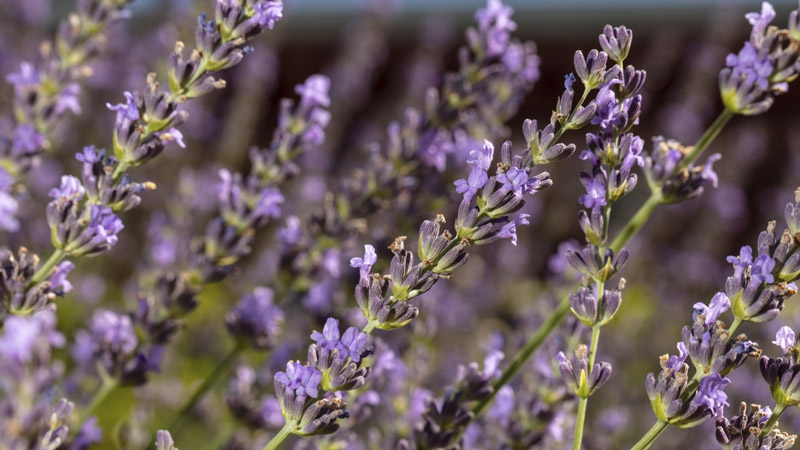
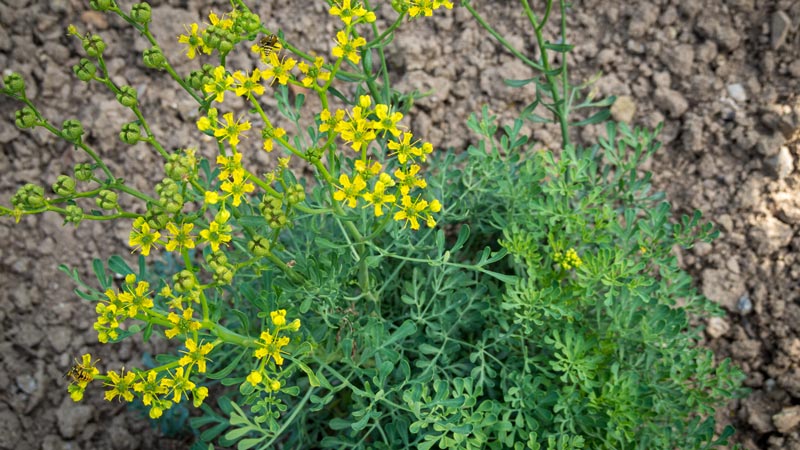 How to have plants with cats?
How to have plants with cats?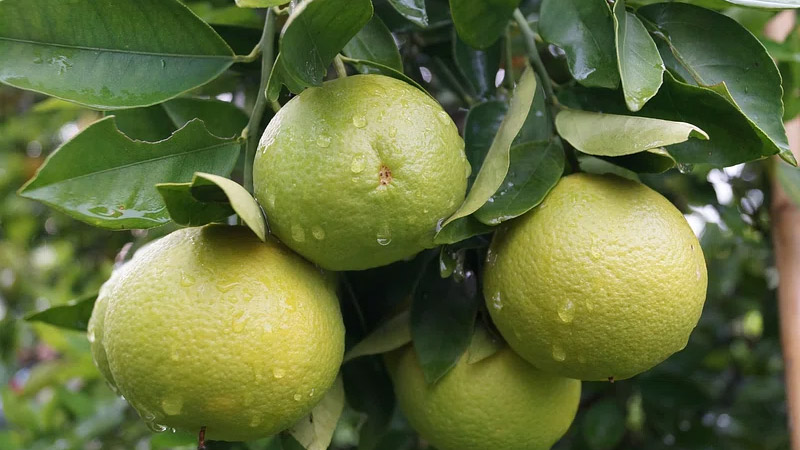 Conclusion
Conclusion
